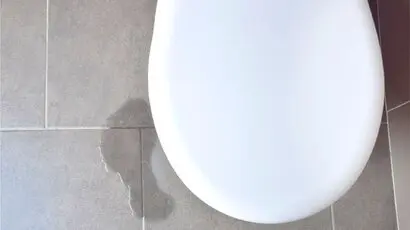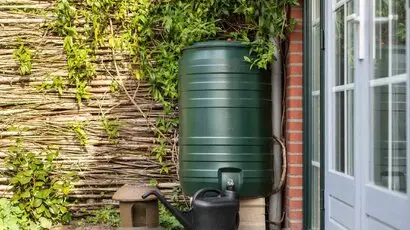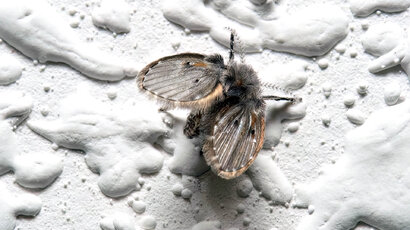Why is Water Leaking From the Bottom of My Basin
Discover why water might be leaking from the bottom of your basin with our comprehensive guide. We cover common causes and effective fixes to help you resolve the issue quickly.
Water leaking from underneath your bathroom sink isn’t just annoying; it can also be quite risky. Catching these leaks early helps you avoid water damage and conserve water. In this guide, we’ll explore why these leaks happen and give you practical tips to troubleshoot and fix them.
If your bathroom sink is leaking from underneath, there could be a few culprits. It might be a worn-out gasket, corroded pipes, or a clogged drain putting pressure on the system. Take a look at parts like the sink flange, P-trap, and supply lines to check for faulty or incorrectly installed components.
Your bathroom sink’s setup depends on every part working well, from the faucet to the drain. If things aren’t tightened properly or if bits like O-rings, washers, or retaining nuts wear out, you might see leaks. Keeping everything in good condition is key.
This article guides you in finding the leak’s source and helps you decide if it’s a DIY fix or if you need a plumber. Understanding your sink’s plumbing means you’ll be better prepared to keep it in tip-top shape and avoid leaks down the track.
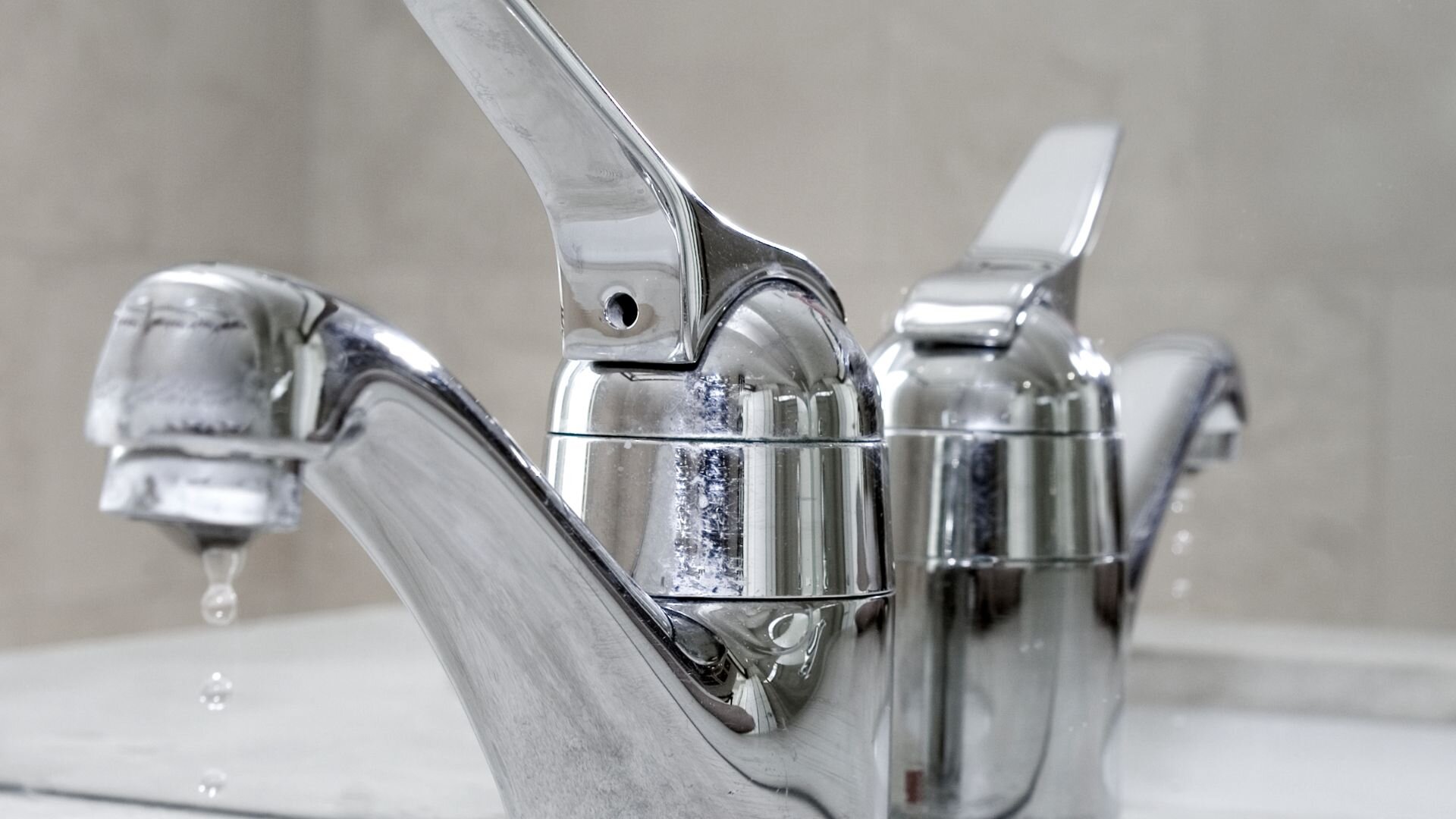
Understanding the various components of a bathroom sink is essential for diagnosing leaks effectively. At the heart of your bathroom plumbing, these key elements work together to ensure efficient draining and minimal leakage. Here’s a breakdown of the major parts involved in your sink’s functionality:
Each component must be in good condition to ensure the sink functions without leaks. Regular checks for signs of wear and immediate action when issues are identified can prevent worse problems in the future.
Visuals included in this section illustrate where each component is located and how they interconnect, aiding in easier identification and maintenance.
Bathroom sink leaks can stem from all sorts of things, like worn-out parts or physical damage. Let’s look at the most common causes:
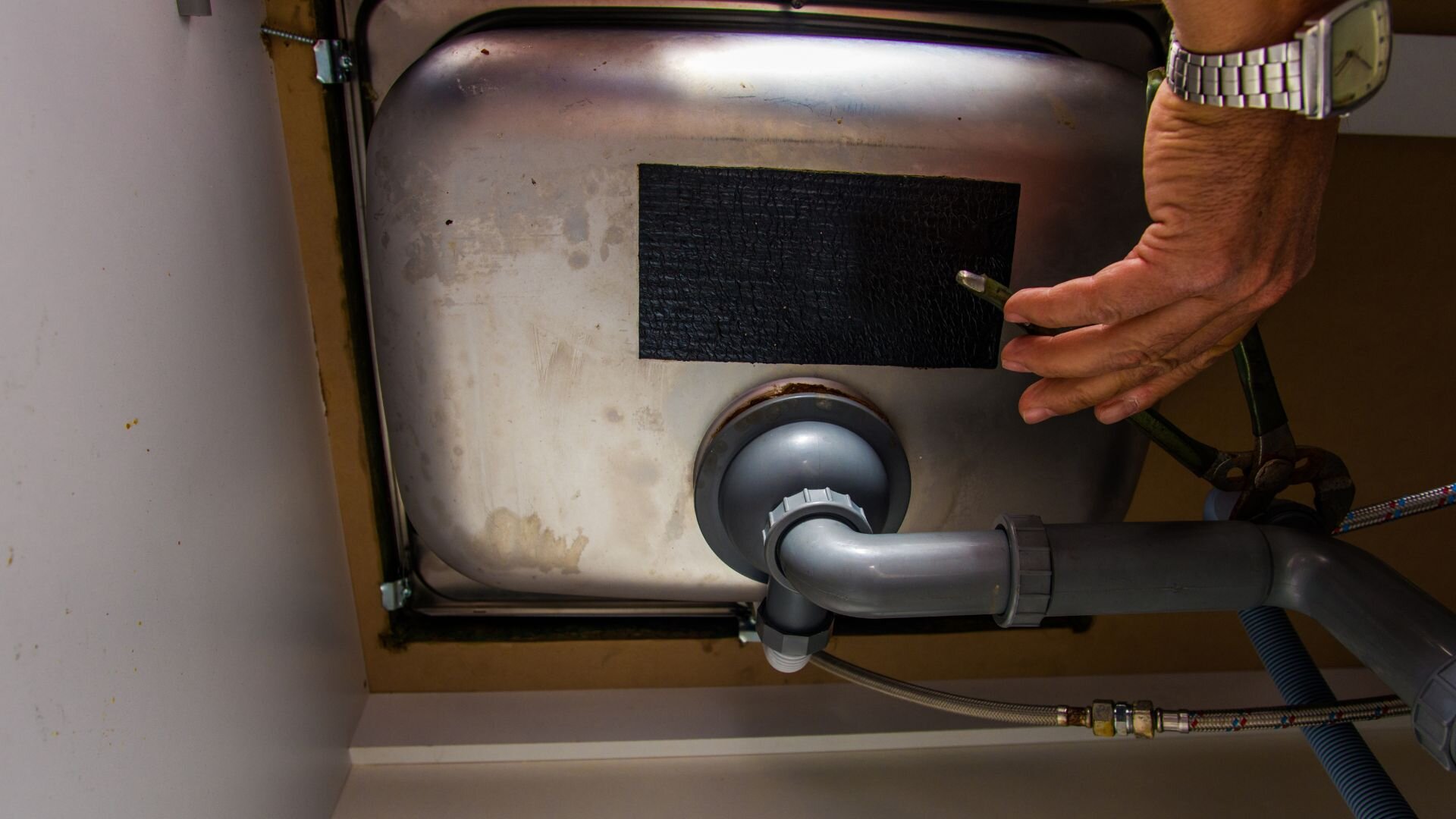
Gaskets and seals are crucial for maintaining the integrity of connections in plumbing systems. Over time, these components can deteriorate due to constant exposure to water and varying pressure levels. Signs that gaskets or seals may need replacing include water pooling at the base of the faucet or under the sink. A persistent drip, even when the faucet is turned off, indicates failing seals.
Loose connections can really cause a lot of leaking problems. This often happens at pipe joints or where the faucet connects. Regularly checking these spots can help prevent leaks. If you notice a connection that’s wobbly or damp, try tightening it with the right tools or consider replacing it altogether.
Physical damage to the sink or its associated plumbing can lead to leaks. Cracks in the basin or the pipes, especially the P trap, can cause water to seep through.
These are often visible as lines or splits in the material, and water stains or a consistent drip might be noticeable below the damaged area. In such cases, the damaged part often requires complete replacement to resolve the leaking.
Clogged pipes are a leading cause of bathroom sink leaks. Blockages can build backpressure, stressing the plumbing system and leading to leaks at weaker points. Signs include slow-draining water, gurgling sounds, or water backing up instead of flowing freely. Regular cleaning to remove debris and build-up can help maintain clear pipes and reduce the risk of leaks.
If these issues keep popping up or aren’t easy to fix, it’s a good idea to call a plumber. They can give you a professional assessment and handle any repairs or replacements, ensuring your sink stays functional and leak-free.
Identifying the source of a leak in your bathroom sink can be straightforward if approached methodically. Here’s a detailed guide to diagnose and address common issues:
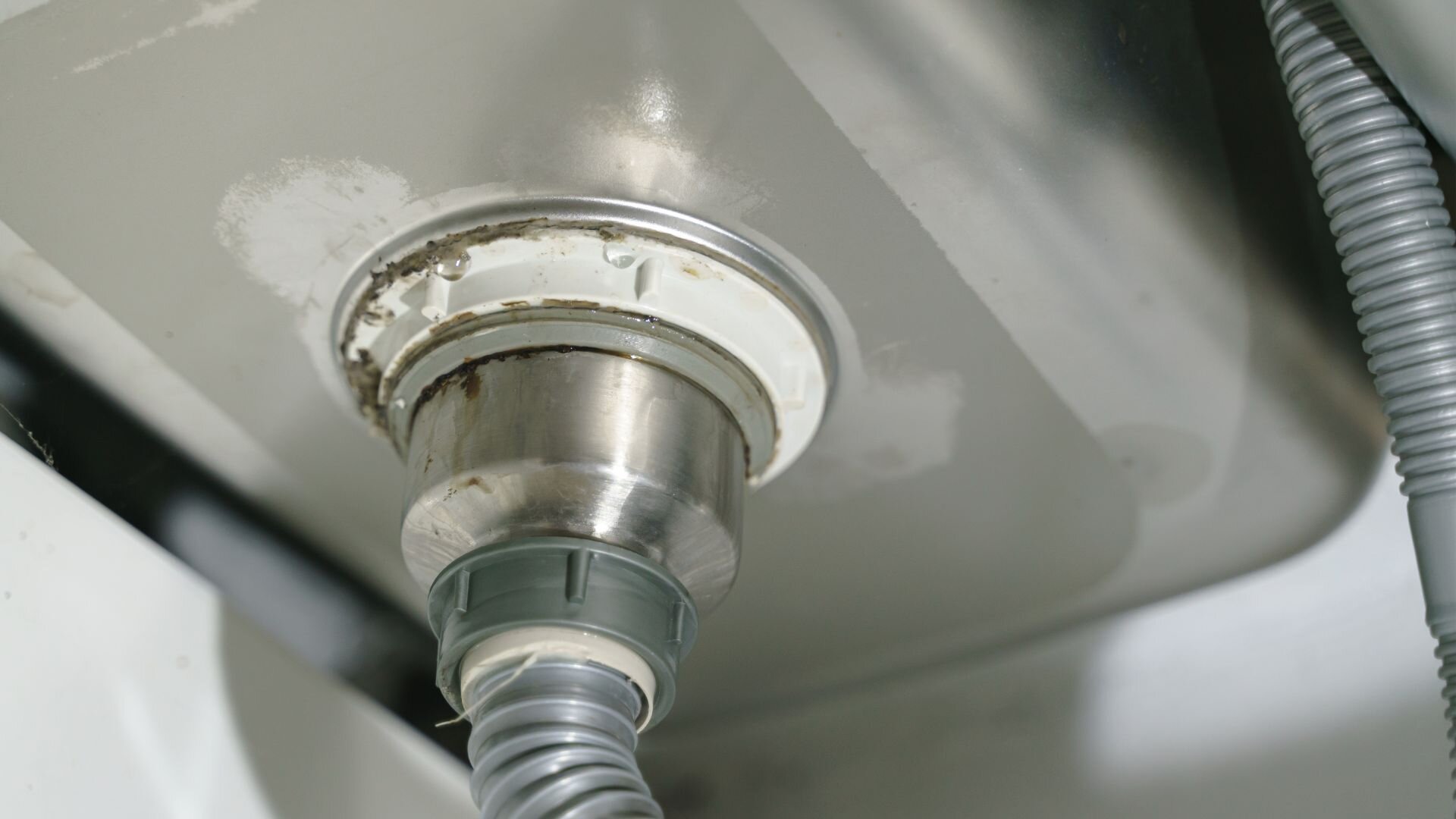
First, examine the faucet. Check for drips, which can indicate a worn washer or o-ring. To access these parts, shut off the water supply and use a screwdriver to remove the faucet handle. If the washer or o-ring looks worn, they should be replaced.
Next, assess the supply lines. These are often culprits when a bathroom sink leaks underneath. To examine, run your hand along the lines to feel for dampness. If you discover moisture or see a noticeable leak, tightening the connections with a wrench might fix the problem. If the lines are damaged, they will need to replace them.
The P-trap is often responsible for bathroom sink leaks, especially if it fails to hold water or is loosely connected. Place a bucket underneath and unscrew the P-trap. Look for cracks or signs of damage. If it’s intact, clean it to remove any blockages, then reattach it, ensuring all connections are tight. If necessary, you can also use plumber’s putty as a temporary measure to ensure a good seal.
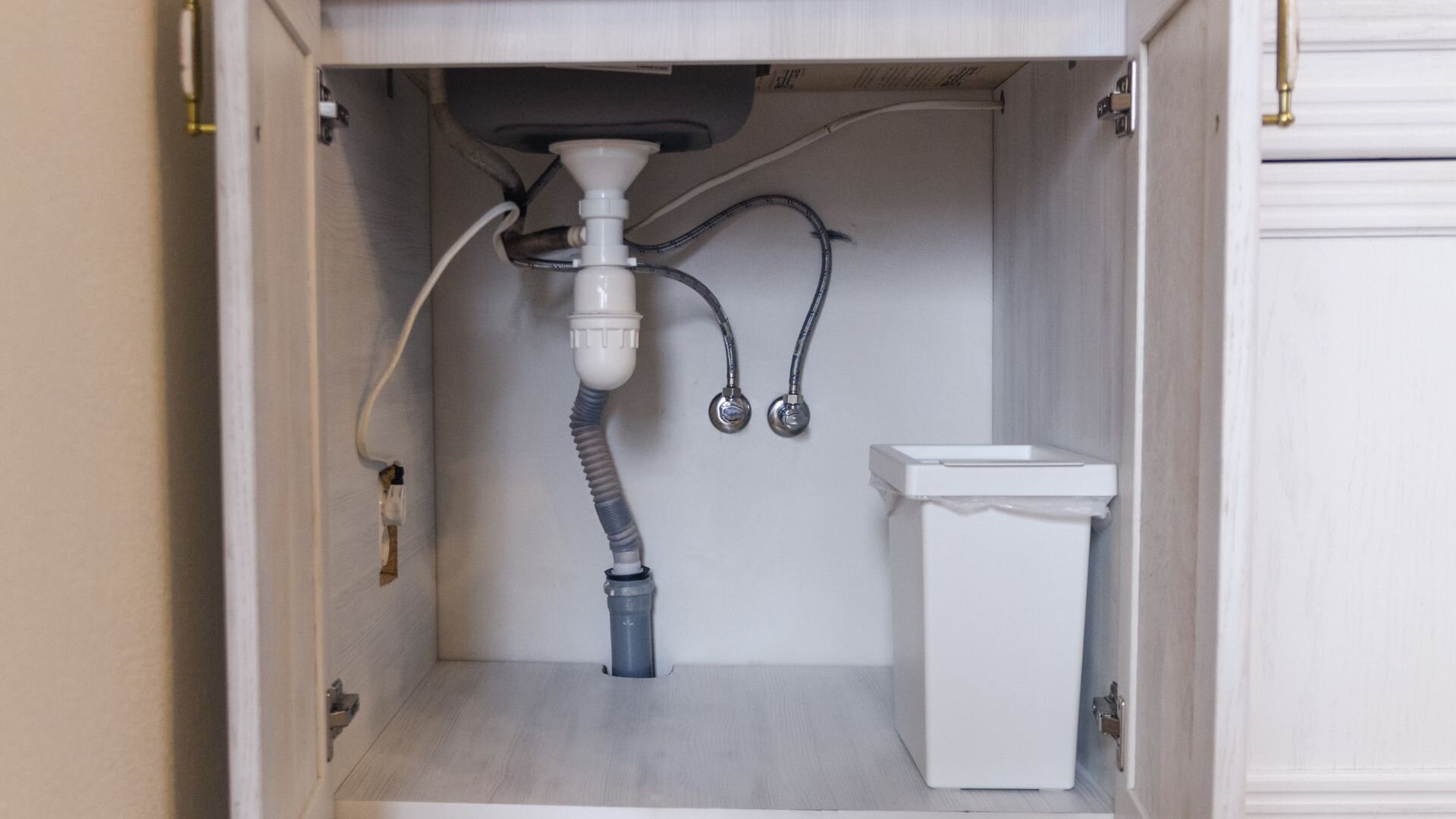
Leaks can also occur directly from the sink drain. Ensure the seal between the sink and the drain is intact. If you notice gaps or old, hardened putty, applying a fresh plumber’s putty around the drain may be necessary to secure the seal.
After checking the main components, fill the sink and watch how the water drains, ensuring there’s no leakage as the sink drains. If you spot a leak at any connection point, try tightening the relevant screws or connections.
If the leaking persists after these steps or if the issue is inaccessible or complex (such as internal pipe damage within the walls), calling a professional plumber is advisable. Complex plumbing issues often require specialised tools and skills that go beyond D.I.Y. fixes.
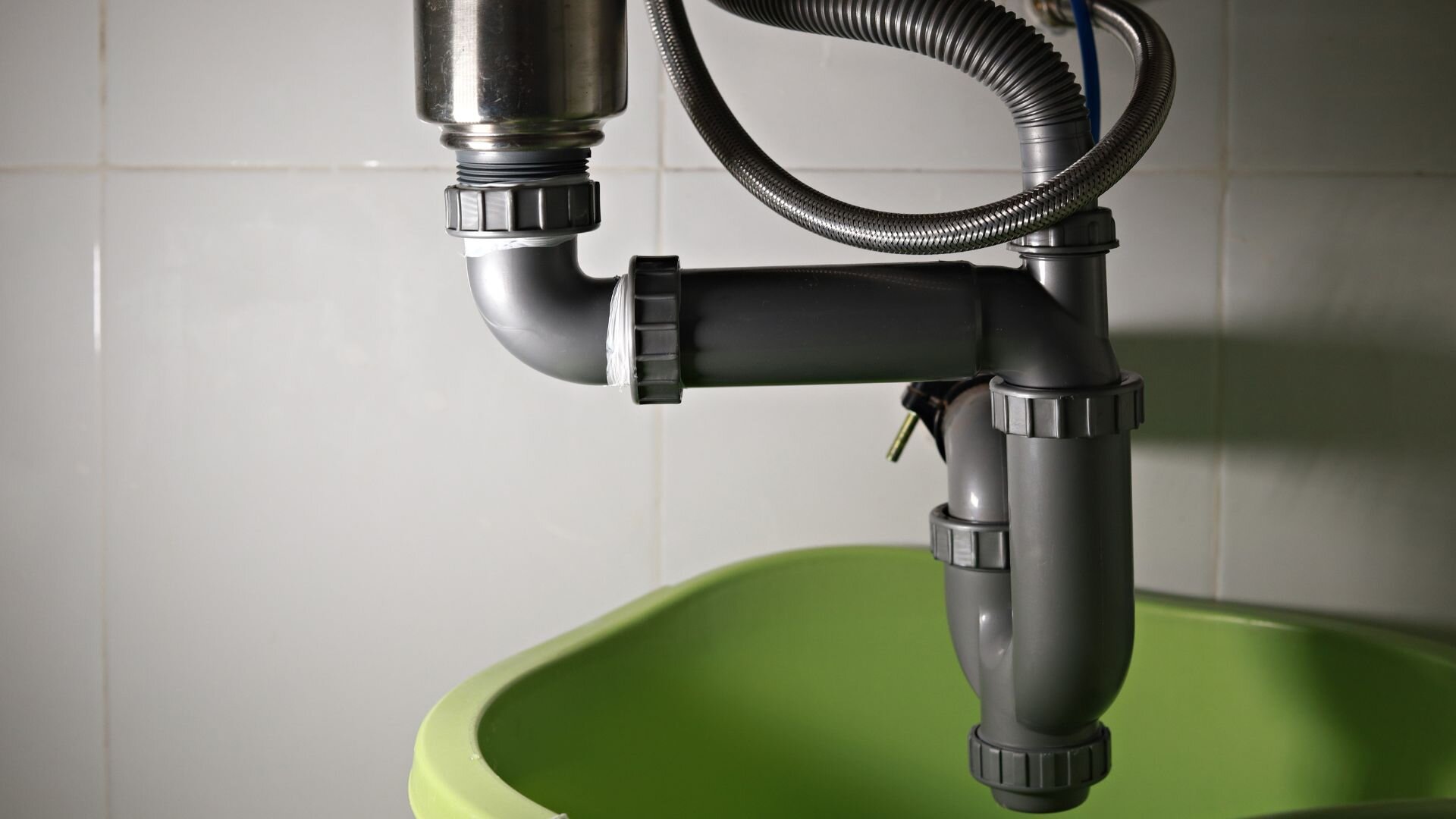
This step-by-step guide should help you identify and fix common sources of leaks in your bathroom sink. Remember, timely action can prevent larger issues and costly repairs down the line.
A leaking basin is a common problem that can be handled with a few easy fixes! Regular maintenance and swift inspections are vital to preventing leaks and ensuring your basin remains in top shape. And remember, addressing leaks promptly can avert extensive damage.
For unresolved issues or complex repairs, don’t hesitate to contact WP Plumbing. Our team provides reliable and professional services to keep your plumbing in excellent condition. We are available in many areas of Melbourne and ready to assist you with all your plumbing needs, including leaking basins!
Just found out that your toilet is leaking from the base? Please don’t waste any more time and check out this guide to know the reason behind the leak and how to fix it.
Keep your rainwater collection efforts thriving with key maintenance insights. Our expert guide helps you understand the common causes of tank leaks and the best preventative measures to take. Strengthen your rainwater tank’s durability and contribute to water conservation with ease.
Tired of icky drain flies swarming around your house? Then take time to read this article and eliminate the pesky pests for good.
